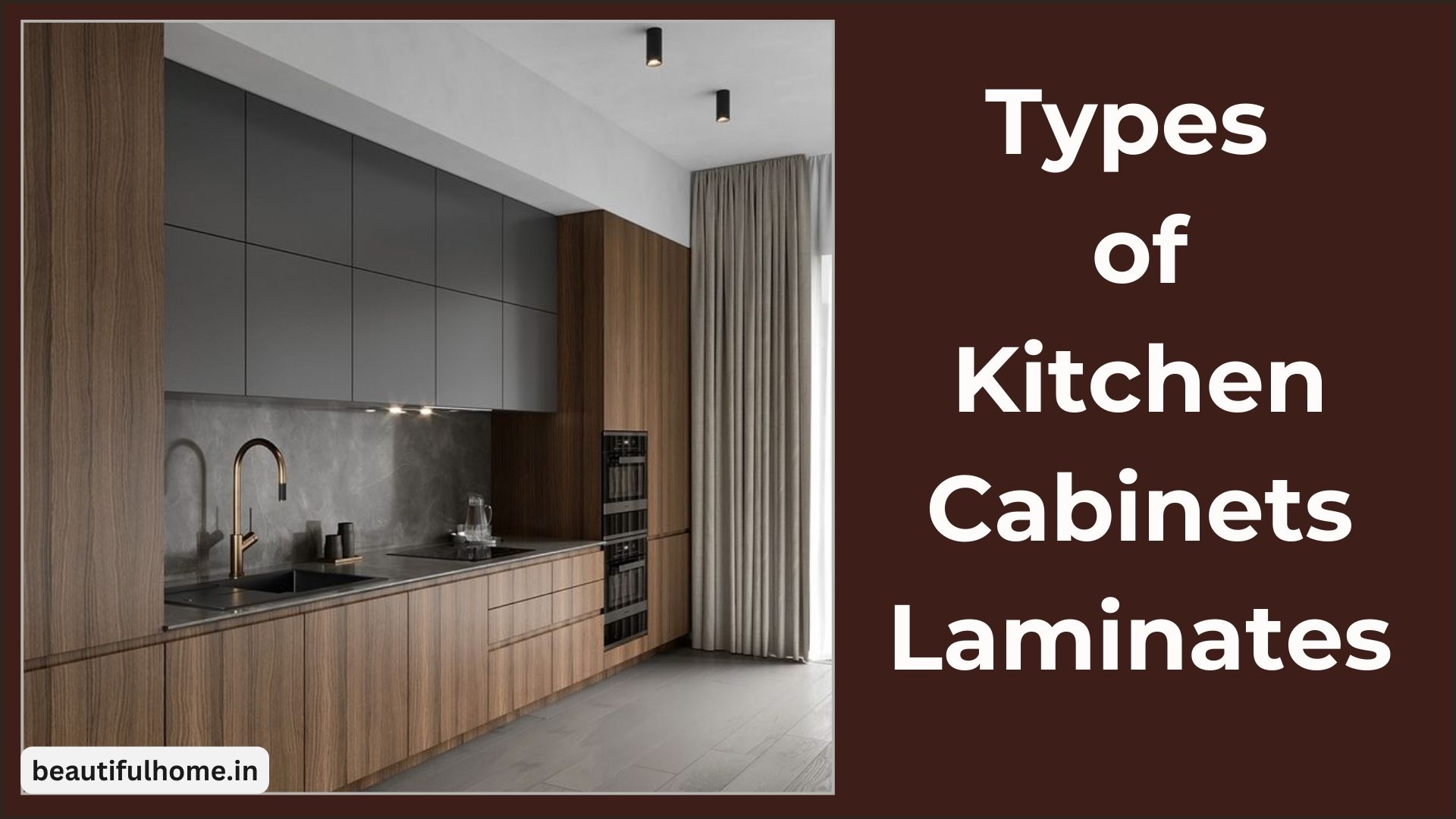
5 Ways to Check High Quality of Plywood
Plywood is an essential material and plays an important role in construction and décor like furniture making, doors, kitchen work, wall décor, ceiling and so on. Thus it becomes important to ensure its quality for structural integrity and longevity of projects. Most people don’t know how to check the high quality of Playwood, so we have given here the 5 ways to check the high quality of Plywood.
1. Grade Verification
There is a grade system in Plywood that shows its quality standards. The grades range from A to D in plywood which means Grade A denotes the highest quality and Grade D indicates the lowest quality. It can also be said that Grade A has minimal or no defects while Grade D contains numerous imperfections or defects. At this point, it is your responsibility that to check out the grading stamp on the plywood to verify its grade.
2. Plywood Thickness
It is simple the thicker material must be good in strength so you can get an idea of the thickness of the plywood. The thicker plywood must be good in strength and durability. The experts measure the thickness of the plywood with a calliper or ruler. The low-grade plywood has un-uniform thickness throughout the sheet on the other hand the High-quality plywood will have uniform thickness throughout the sheet. There will be minor variation in thickness, can say. Inconsistent thickness may indicate poor manufacturing processes or low-quality materials, compromising the structural integrity of the plywood.
3. Core Material Inspection
Basically plywood is manufactured by using multiple layers of plies, wood veneer and bonded together with adhesive. The high-quality plywood will use high-grade materials like hardwood or softwood. Gaps among layers also impacts on the quality and a solid and well-bonded core contributes to the strength and stability of the plywood. You need to check the gaps and avoid the plywood having large gaps.
4. Surface Finish Assessment
Generally, a buyer checks the smoothness and unwanted patches/bumps on the plywood. This is right because smoothness, uniformity, and defects also show the quality grade of the plywood. High-quality plywood doesn’t have bumps and will have a smooth and even surface. Proper sanding and finishing contribute to the aesthetic appeal and usability of the plywood in various applications.
5. Moisture Content Measurement
The last but not the least measurement in terms of quality check of plywood is Moisture content measurement. It is a crucial factor that affects the dimensional stability and performance of plywood. High-quality plywood will have moisture content within the acceptable range, typically between 6% to 14%, depending on the environmental conditions and intended use. Excessive moisture can lead to warping, delamination, and fungal growth, compromising the integrity of the plywood.
Conclusion
All such measurements will help you in finding high-quality plywood in the market. It is very important to use high-quality plywood for the desired result and longevity the project. All five factors are easy and can be measured easily while purchasing. This is how you can ensure the best quality plywood so perform such measurements before making the final decision.







